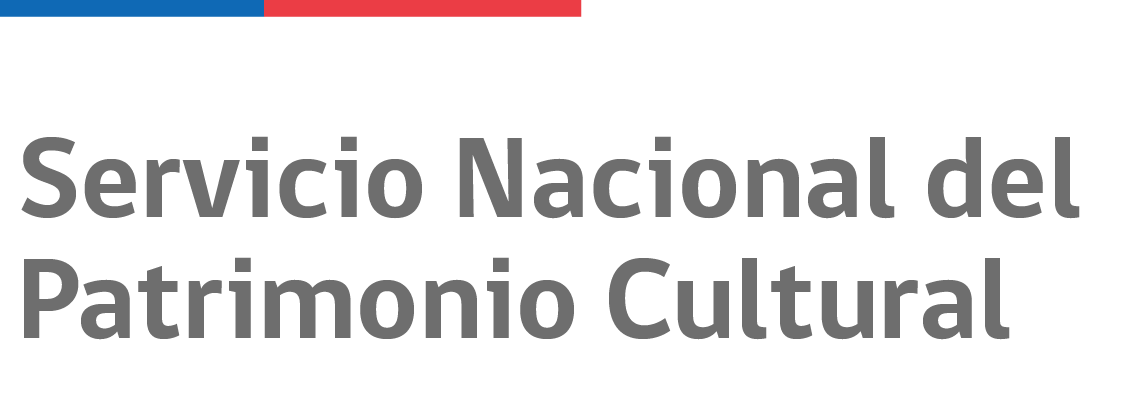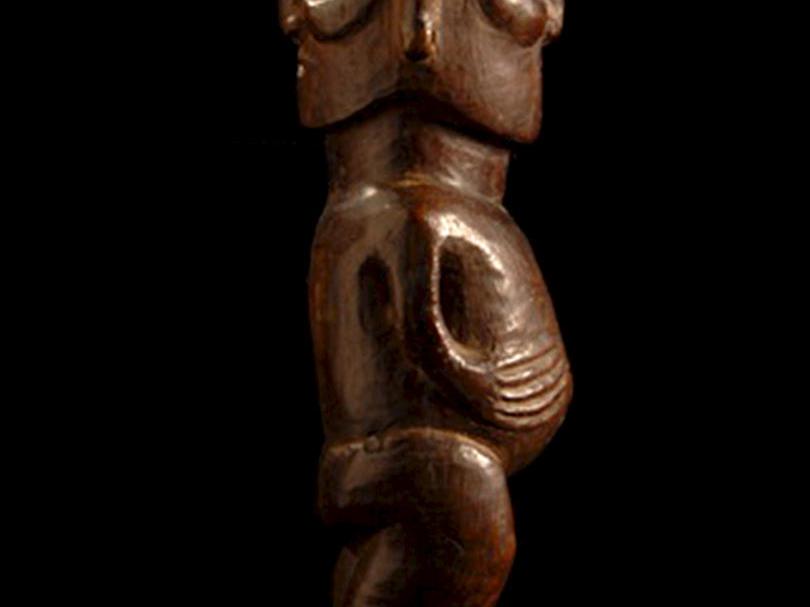Material or technique:
Collection:
This wooden carving of a moai was probably collected in 1875 by Chilean sailor Policarpo Toro during his first visit to Easter Island, prior to its annexation by Chile in 1888. It was held by the Natural History Museum of Concepción until 2009 when it was definitively transferred to the Rapa Nui Museum collection to which it had been on loan for ten years.
The key feature of this figure is its two faces. Two faces or two heads are quite common in Rapa Nui woodcarvings, but their significance remains unclear.
Another interesting aspect of the figure is its hands, which seem out of proportion to the size of the body, with long fingers and an upright thumb. This is a common feature of moai of all types.
Looking closely at the position of the figure’s legs, it becomes apparent that it was not meant to stand up. This was often the case with old sculptures, which were made to be held in the hand during some activity or ceremony.





